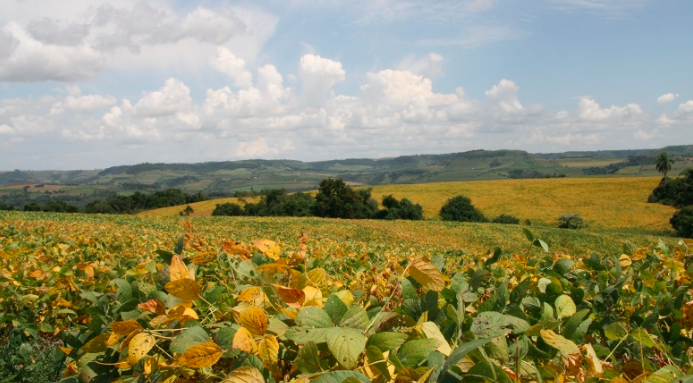
Solidaridad’s five-year soybean programme with IDH was able to manage under sustainable practices 2,40 million hectares. As a result, our partners preserved 889,30 thousand hectares of native forests and recovered 62 thousand hectares of degraded pastures. In Paraguay, commercial reforestation projects are being piloted among soybean and yerba mate farmers in order to decrease pressure over native forest as source of wood and energy.
In livestock, different approaches are being piloted in order to improve efficiency and small ranchers’ income in Mato Grosso. Genetic enhancement with Allianca da Terra increased calves’ weight by 20% and calves’ prices by 170%. Integrated cattle-crop programme Novo Campo with Istituto Centro de Vida and Norad, increased productivity by more than 50% with an almost 50% drop in GHG emissions.
Agroforestry systems geared towards cocoa and palm oil in the Amazon biome, on the other hand, are proving to be good options to regenerate degraded or previously deforested areas.
